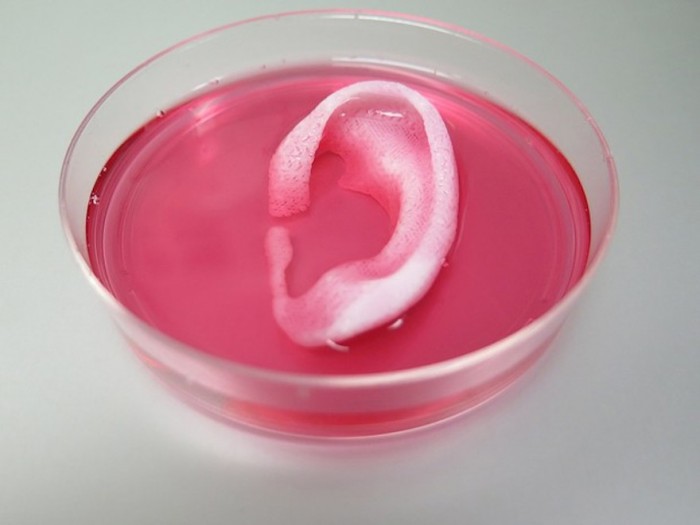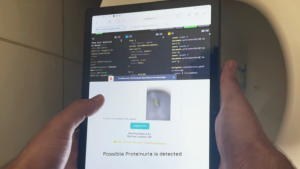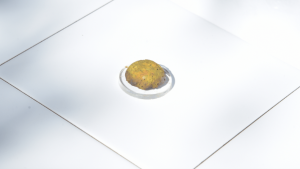
A group of scientists are furthering the development of printing human tissue. Last year, a research paper in Nature Biotechnology detailed the scientists’ ability to fabricate cartilage, bone and muscle structures. The report revealed that they were able to print a human ear using a 3D-bioprinter they invented themselves.
The aim of this bioprinting technology is to quickly create tissue that can be used for an organ transplant. The organs printed by the new machine are made up of a plastic-like, porous matter punctuated with tiny microchannels that act as a capillary framework. The porous material allows the body’s natural living tissue to grow into the printed framework and form an entirely new structure such as an ear. Over time, the plastic biological mould will degrade and all that will be left is a new living organ.
Although this is not the first attempt to create biodegradable moulds for organ regeneration, this is the first successful attempt using 3D printing technology.
Group member, Anthony Atala from the Wake Forest Institute for Regenerative Medicine comments on the future of the new technology:
“With further development, this technology could potentially be used to print living tissue and organ structures for surgical implantation.”






